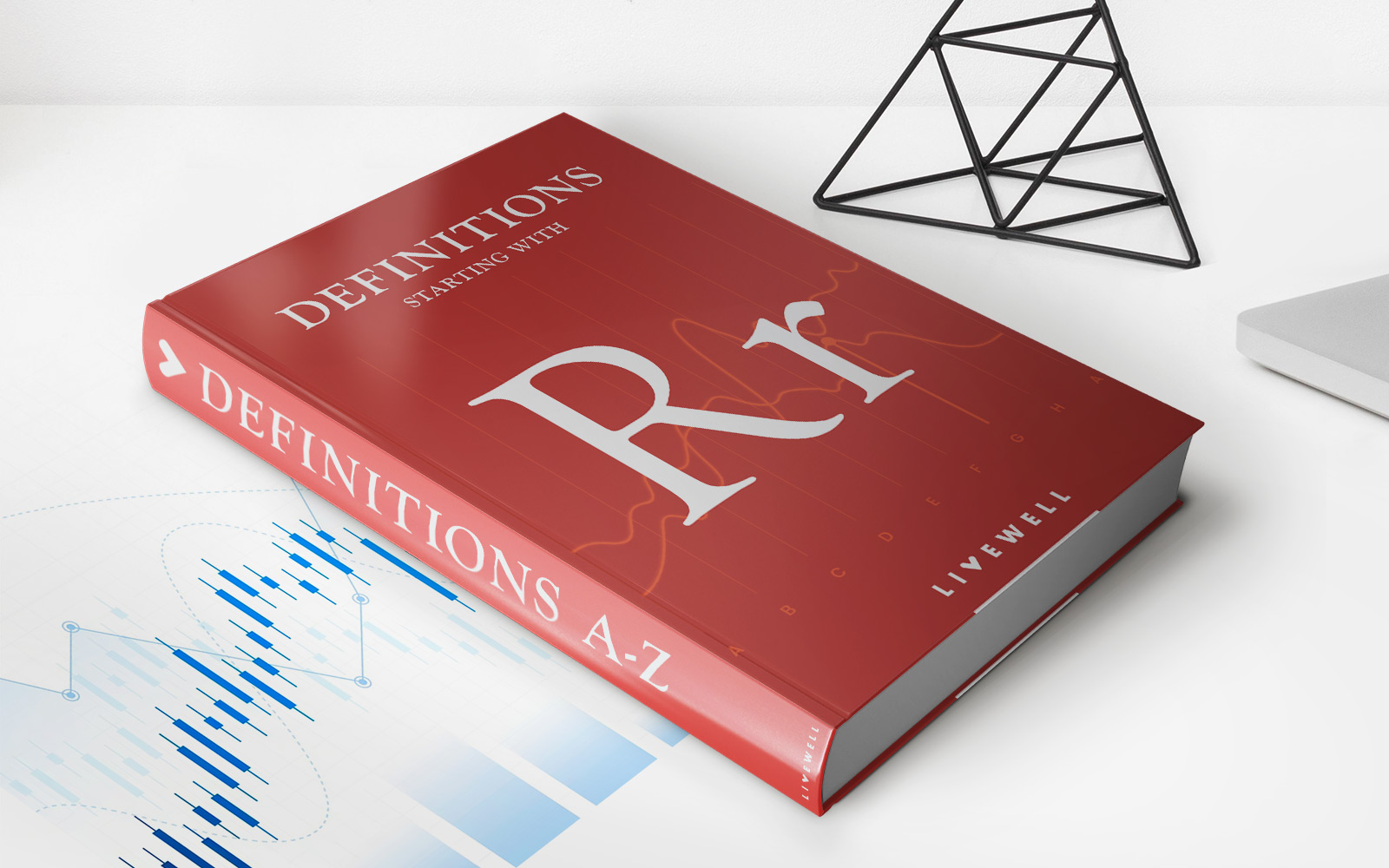Home>Finance>Market Breadth: Definition, Indicators, And How Investors Use It


Finance
Market Breadth: Definition, Indicators, And How Investors Use It
Published: December 22, 2023
Learn the definition of market breadth, explore different indicators, and discover how investors use it in the world of finance.
(Many of the links in this article redirect to a specific reviewed product. Your purchase of these products through affiliate links helps to generate commission for LiveWell, at no extra cost. Learn more)
Understanding Market Breadth: A Key Indicator for Investors
When it comes to navigating the world of finance, understanding market breadth is essential for both seasoned investors and newcomers alike. But what exactly is market breadth? How is it measured, and more importantly, how can investors use it to make informed decisions? In this article, we will explore the concept of market breadth, its indicators, and provide insights on how investors can utilize this valuable tool to their advantage.
Key Takeaways:
- Market breadth refers to the overall health and strength of a market by analyzing the number of advancing and declining stocks.
- Commonly used indicators of market breadth include the advance-decline line, the percentage of stocks above their moving averages, and the McClellan Oscillator.
Defining Market Breadth
Market breadth measures the overall condition of a market by examining the ratio of advancing stocks to declining stocks. It provides insights into market sentiment, showing whether the market is broad-based and therefore more stable, or narrow-based and hence more vulnerable to volatility.
Market breadth indicators take into account the number of stocks that are advancing versus the number of stocks that are declining. By analyzing these indicators, investors can gauge the underlying strength or weakness of the broader market beyond just looking at individual securities or indices.
Indicators of Market Breadth
There are several widely used indicators of market breadth that investors rely on to assess the overall health of the market:
- Advance-Decline Line: The advance-decline line is a simple indicator that plots the net difference between the number of advancing stocks and declining stocks on a daily basis. A rising advance-decline line indicates positive market breadth, suggesting a healthy and robust market. Conversely, a declining advance-decline line may signal deterioration in market breadth and could be a warning sign of potential market weakness.
- Percentage of Stocks Above Their Moving Averages: This indicator calculates the percentage of stocks trading above their moving averages. A large number of stocks trading above their moving averages is indicative of a bullish market, while a smaller percentage implies a bearish or weakening market breadth.
- McClellan Oscillator: The McClellan Oscillator is a more complex indicator that uses exponential moving averages to measure market breadth. It helps identify overbought or oversold conditions in the market. A positive McClellan Oscillator suggests a healthy market breadth, while a negative reading may indicate market weakness.
How Investors Can Use Market Breadth
Understanding market breadth can provide valuable insights for investors and guide them in making informed decisions. Here are a few ways investors can leverage market breadth:
- Confirmation or contradiction of trends: Market breadth can confirm or contradict trends in individual stocks or indices. For example, if a stock is showing strong upward momentum, but market breadth indicators are weak, it may be a signal that the broader market is not supportive of the stock’s performance.
- Identifying potential turning points: Market breadth can help investors identify potential turning points in the market. Divergence between market breadth indicators and the performance of individual stocks or indices may indicate a forthcoming shift in market sentiment.
- Assessing risk and market health: By analyzing market breadth, investors can gain insights into the overall risk environment and the health of the market. Strong market breadth indicates a healthy market with broader participation, while weak market breadth may suggest increasing risk or a potential market decline.
Market breadth is an essential tool for investors to understand the overall health and strength of the financial markets. By analyzing market breadth indicators, investors can gain insights that go beyond individual stocks or indices and make informed decisions about their investment strategies.
Next time you’re evaluating the market, don’t forget to consider market breadth and its powerful implications. It could be the key to unlocking profitable investment opportunities and staying ahead of the curve.














